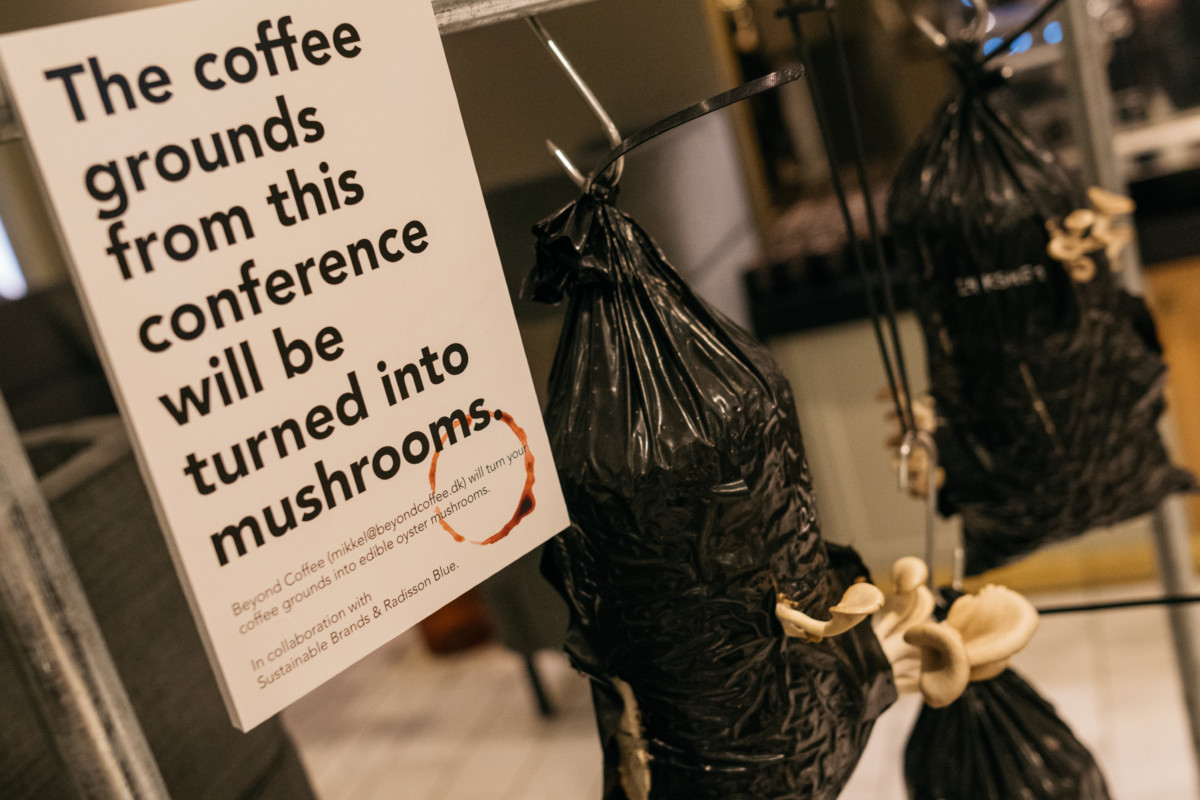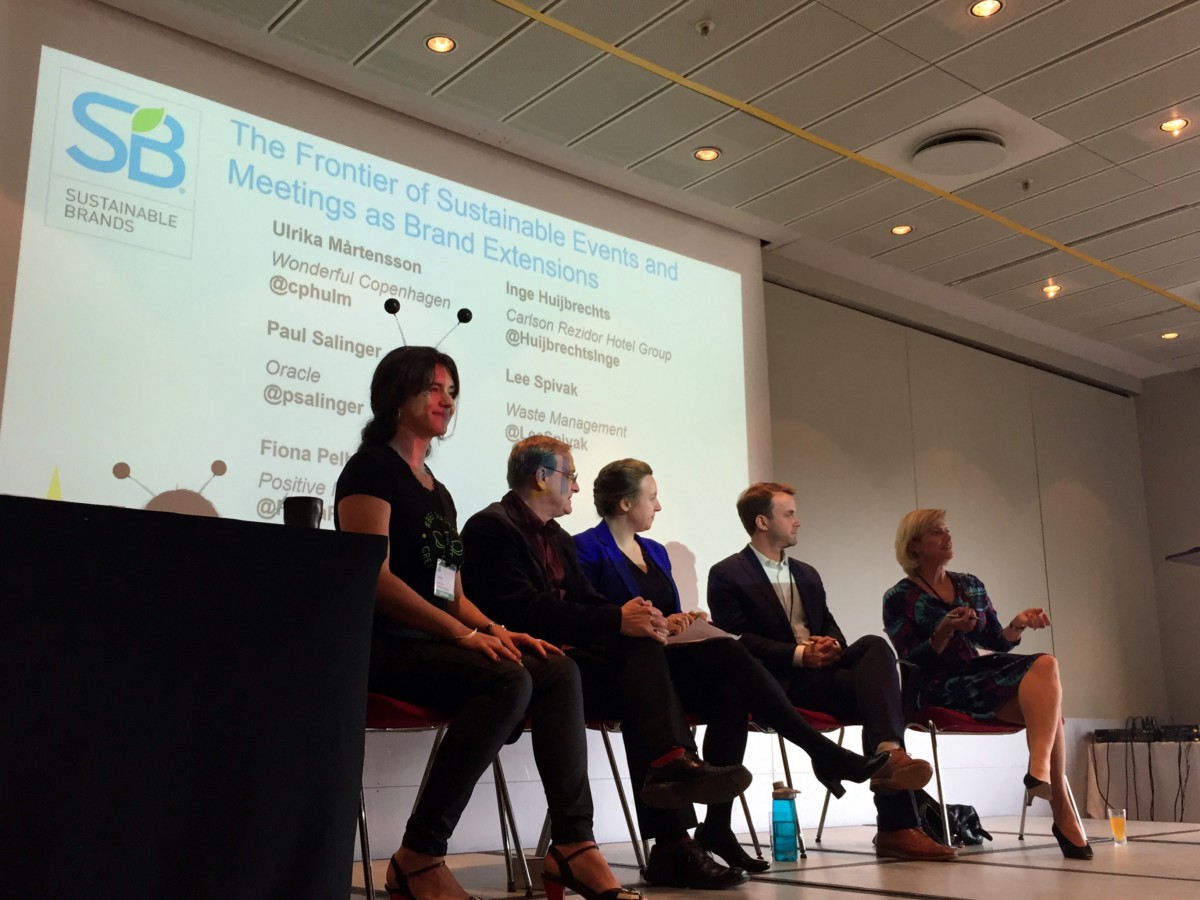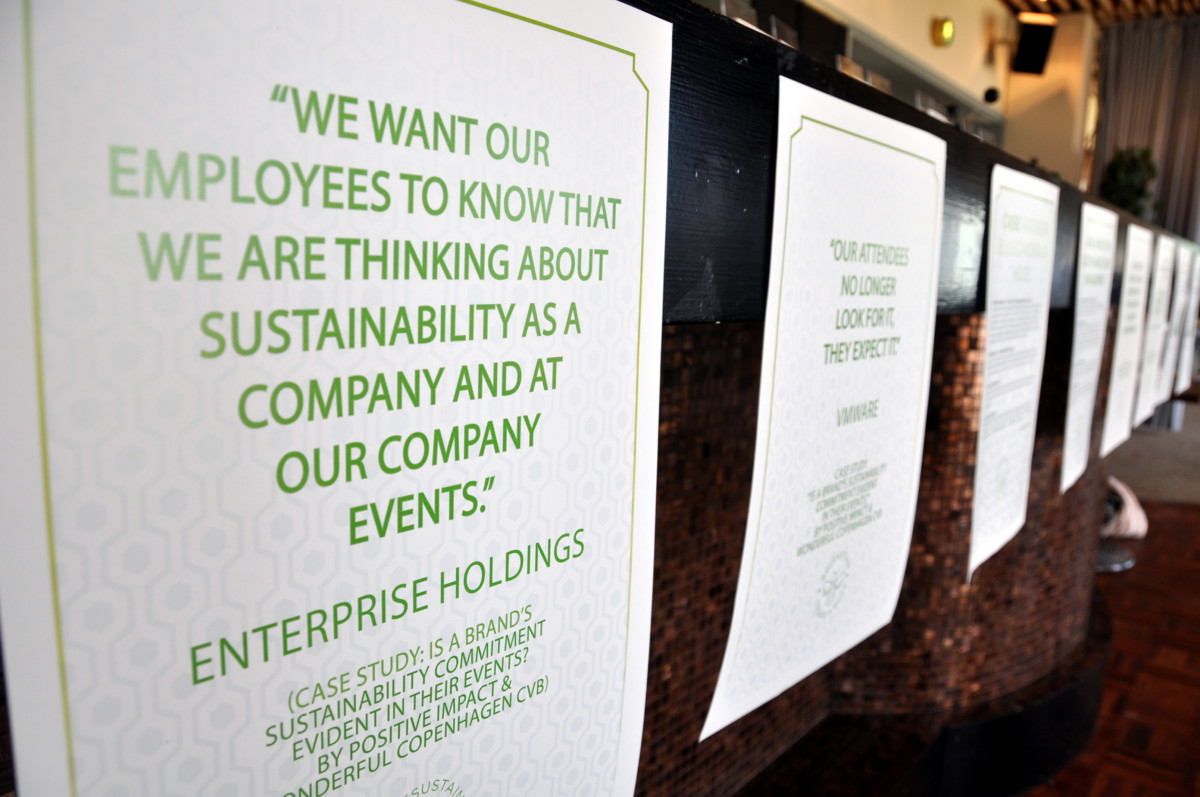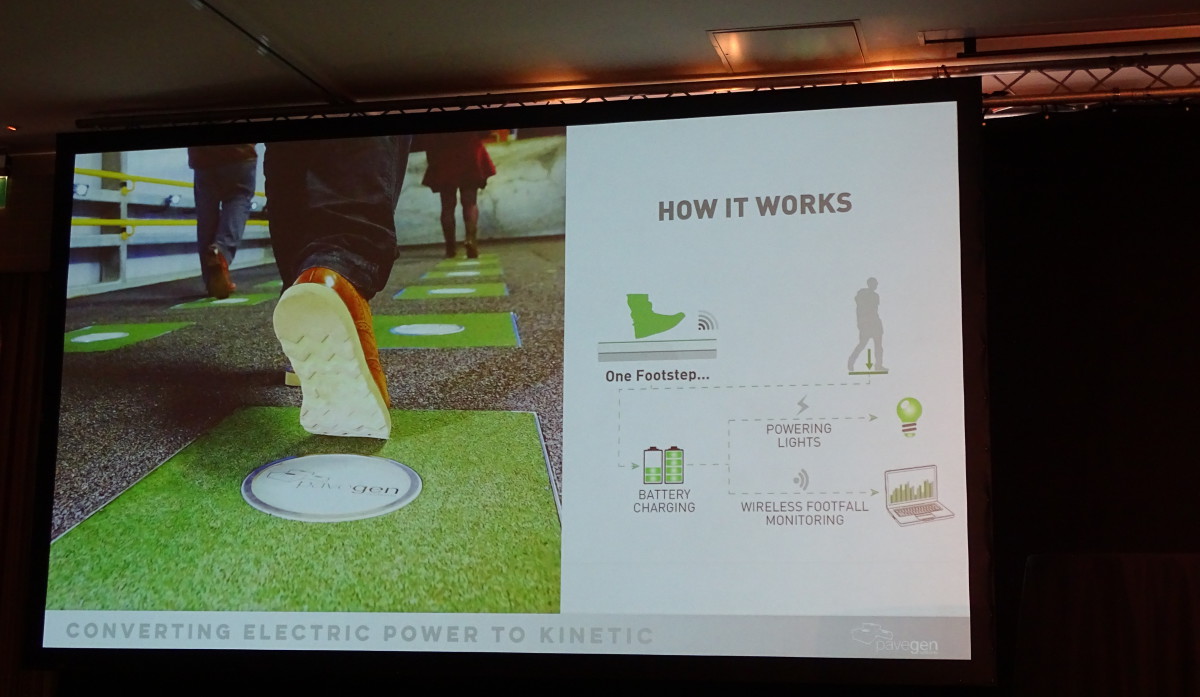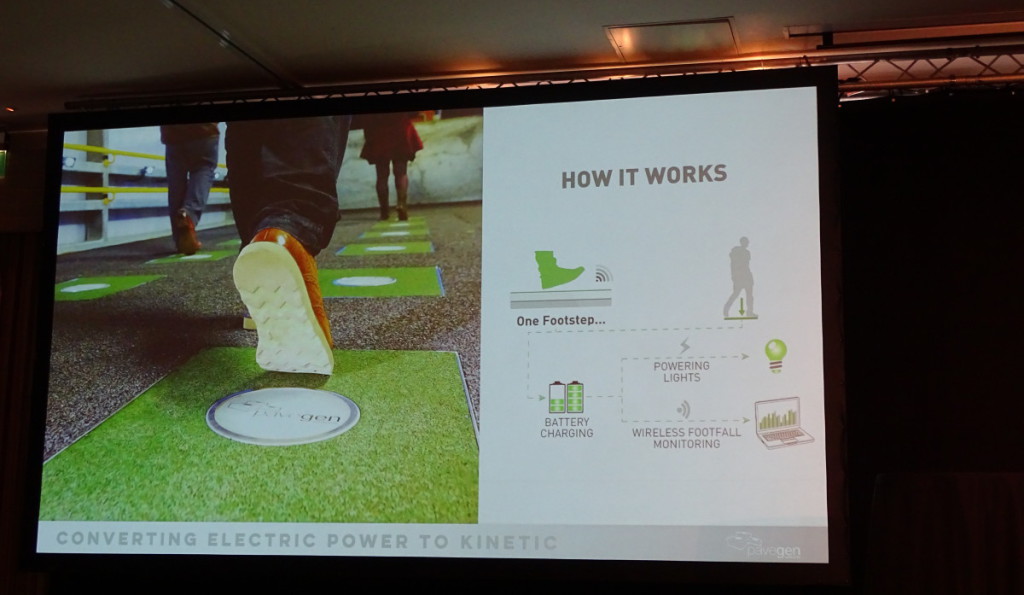Sustainable Brands Conference took place 25-28 September 2016 in Copenhagen – the Capital of Sustainable Meetings, and welcomed business innovators and sustainability experts from some of the largest brands across the globe. The message was clear – sustainability needs to be embedded into business models – it is a catalyst for innovation and a driver for profit. It is an opportunity for businesses, society and the planet. With live events increasingly becoming part of many brands content marketing strategies, it makes sense that brand professionals need to be considering the implementation of sustainability into their events, too.
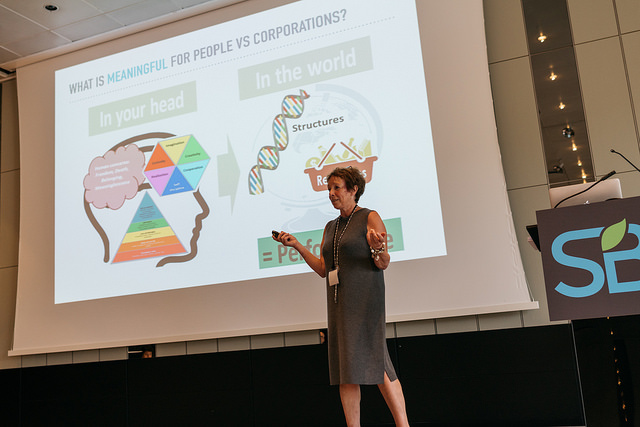
Amanda Thurlow attended and interviewed David Fiss, Executive Producer – Live Events, Sustainable Brands.
Has the inclusion of a sustainability strategy complicated or simplified the event planning process and how?
We are currently beginning to utilize the ISO 20121 sustainable event management system for our main events. This pragmatic approach allows us to organize and integrate our sustainability strategy into all areas of our decision making/planning process.
The Radisson Blu has a clear sustainability strategy, what strategies have drawn you to other suppliers?
We appreciate our suppliers partnering with us to help achieve our sustainability goals. While working with partners with a clear sustainability strategy is helpful, we equally enjoy working with suppliers who are just beginning their sustainability journey and are willing to work together to try new initiatives. Leaving a positive legacy of sustainability in the communities we visit contributes to our overall sustainability objectives.
By implementing a sustainability strategy has this increased or decreased expenditure?
Give and take – we save money in some areas such as eliminating water bottles and printed programs. While others may cost a little more, such as implementing a Back of House waste sort. There is also a large “reputation cost” of not implementing sustainable meeting practices at our events.
What are the biggest challenges in creating a sustainable event and what are the biggest lessons that you have learnt?
The biggest challenges have been, and continue to be, engagement of our stakeholders and helping to create behaviour change.
During the event one of the speakers implied that the environmental impact could be reduced even further by taking the event online. Are there any plans to move the event to a digital platform? Why do you believe it is important to hold a face to face event?
Face to face meetings allow us to leverage our whole selves and to fully exploit the opportunity to create outcomes and solutions that are greater than the sum of their parts.
A main theme of the event was around sustainability not standing still and there always being a need for innovation. What future plans do you have to increase sustainability at future events to keep up with innovation?
We are always willing to push the envelope and try new technologies and strategies to increase the sustainability of our events and participation by our attendees and suppliers. One area we are increasing our focus is on local community engagement. Each community we bring our event has unique challenges and solutions to those challenges. We are excited to both highlight these organizations and bring their amazing work into our SB community.

Photos by Sustainable Brands


